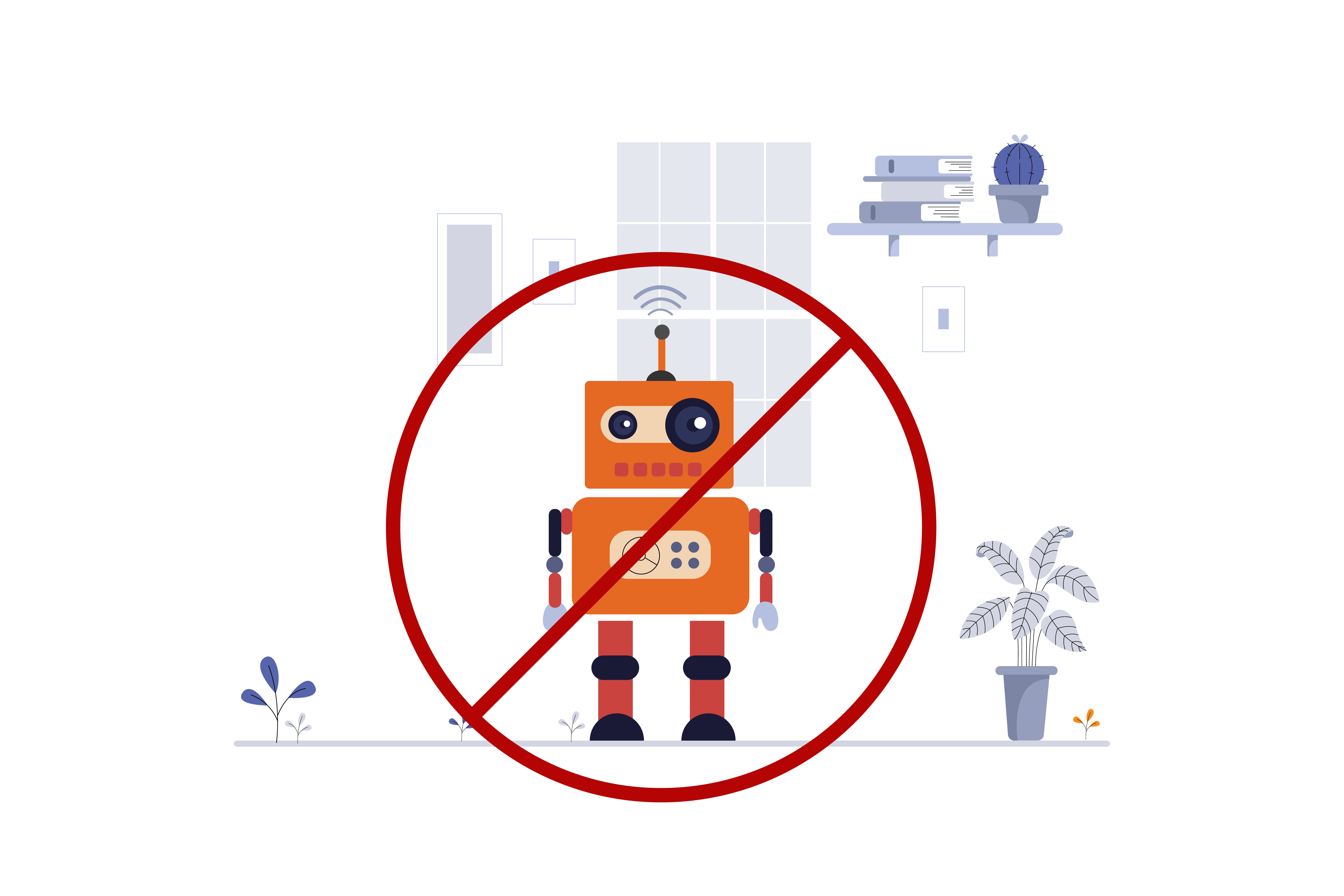We’ve said it before and we’ll say it again: making outbound sales calls and maintaining high connection rates is TOUGH! There’s no denying it, and even the most experienced salespeople would agree that while it gets easier with time and practice, it never gets truly easy.
Still, that doesn’t mean you can’t make it easier to have successful sales calls. You’ll never sell to every person you call, or even half the people you call, but that doesn’t mean you can’t go from closing 5 out of every 100 leads to closing 15 out of every 100 leads.
Here are the ten best tips and tricks for a successful sales call, so you can up your connection rate, increase your closing ratio and crush your quota:
- Stand Up During Outbound Calls
- Smile
- Keep Outbound Calls Short and Simple
- Be Conscious of Your Time, and Theirs
- Don’t Talk Too Fast During Outbound Sales Calls
- Use the Best Outbound Sales Call Tools Available
- Don’t Be a Robot
- Embrace Rejection
- Call at Different Times
- Be An Active Listener
- Perfect Your Outbound Sales Strategy

#1 Stand Up During Outbound Calls
One of the most simple and most effective ways to improve your confidence on a sales call is to stand up while you’re on the phone. If you have a wireless headset and some room to move around, pacing back and forth (even just a little bit) can help you focus and relax.
When you stand up, your diaphragm is naturally expanded, so your voice sounds fuller, you can project more, and as a result you will sound more confident on the phone. Standing also promotes alertness, assertiveness, and gives you more energy – all three of which help to create an aura of confidence that radiates through your voice, inspiring trust in your customers.

#2 Smile
Smiling before and during your sales calls is a similar technique to standing, but in this case the main purpose is to sound warm and friendly over the phone. They might not consciously know it, but consciously or subconsciously, people can tell if you’re smiling over the phone.
If you’re smiling, your voice sounds different. It sounds more friendly, which in turn makes you sound more trustworthy – and just generally more pleasant to speak with.
Believe it or not, it doesn’t matter if it’s a fake smile. There will always be some days (or some calls) where you don’t feel like smiling, but as the expression goes – fake it until you make it.
In other words, fake smiles will often turn into real ones, and even if it stays a fake smile the effect will be the same. The same facial muscles are in use, so it will have the same effect on your voice and speech cadence.
#3 Keep Outbound Calls Short and Simple
If you’ve ever heard the acronym KISS, you probably know where this is going. If you haven’t heard, KISS stands for Keep It Simple, Stupid; Keep It Short and Simple; or Keep It Super Simple; depending on who you ask.
This is fairly self explanatory, but to elaborate a bit further, it can be broken down into the following tips:
- Don’t overload a prospect with information. It will only cause them to get confused, lose interest, feel overwhelmed, or all three. Start with just the basic information that will get them interested, and if they want to know more they’ll ask.
- Don’t speak in overly long or convoluted sentences. Short, concise sentences convey openness and trustworthiness, and make it easy for prospects to understand you.
- Don’t talk for too long without any response from the prospect. Even if it’s just a quick check in, like, “does that make sense?” pausing to let the prospect respond helps to keep them engaged and stops the call from feeling like a one-sided conversation.

#4 Be Conscious of Their Time, and Your Own
On the one hand, you should be aware of the fact that you are asking prospects to take time out of their day to talk to you. After establishing who you are and why you’re calling, ask if they have a few minutes to talk.
If your sales pitch is on the longer side, you want to ask a bunch of qualifying questions, or you would like to spend more than a couple minutes talking to a prospect, ask if they have however much time you need before you launch into your pitch. If it isn’t a good time, ask if you could schedule a follow up call when they aren’t so busy.
On the other hand, you need to be conscious of your own time. You will inevitably encounter a prospect who really loves to talk, so you need an escape plan. Now, there are any number of reasons you can give for needing to end the call, but here are some ideas and tips:
- Once you’ve realized the conversation has gone hopelessly off the rails, take a look at the time, identify the next 15 minute interval, and tell them you have a hard stop at that time.
- What if it’s, say, 2:47pm and you can’t afford to stay on the phone for another 13 minutes? You could tell them you had another call scheduled for 2:45 and you’re running late.
- Whatever your escape plan is, make sure you convey urgency in your tone. Be sure to remain polite and professional as you quickly establish a plan to follow up before you get off the phone.
- Have multiple escape plans – you might have to escape from more than one conversation with the same person.
#5 Don’t Talk Too Fast During Outbound Sales Calls
Just because you’re conscious of your prospects’ time and your own doesn’t mean you should rush through the call. Speaking too quickly can cause you to come off as desperate or nervous, and it can make your prospects feel confused or even disrespected.
Remember KISS? If you keep things simple and concise, you’ll be able to avoid talking too fast AND you won’t take up too much time.

#6 Use the Best Outbound Sales Call Tools Available
In this day and age, if you aren’t using a robust combination of sales technologies, you’re playing with one hand tied behind your back. Additionally, these tools should integrate with one another (particularly your dialer and your CRM) to reduce busywork and assist in keeping good records.
Call transcription tools and conversation analytics are also incredibly helpful if you’re bad at taking notes, or just want to give the call your full attention. Sales automation is another huge asset in terms of saving time, reaching out to potential customers, and even in closing deals.
There’s a lot more that can be said about all of these technologies, so check out these articles for more information and advice in every category of sales tech:
- Automation software
- Calling and texting software
- Coaching software (for sales reps & managers)
- CRM software
- Webinar: How to Build a Sales Tech Stack from Scratch (includes written summary)

#7 Don’t Be a Robot
It might seem like a no-brainer, but no one wants to talk to an automaton. The thing is, if you’re coming across as sounding like a robot, there’s a good chance you don’t realize it. Even people who are animated, personable, and downright charismatic in real life are susceptible to this unfortunate plague.
What you need to do is consciously change the pitch and tone of your voice. You have to remember that the person on the other end of the line can’t see you, and there’s a very good chance that they are only half paying attention to you.
Even if you think you’re speaking normally, as you would to a friend, that might not come across to the inattentive ear on the receiving end of your call.
Simply put, you need to speak with an extra level of emphasis you wouldn’t normally use if you were talking to a friend or relative. Pretend you’re an actor, and ham it up!
#8 Embrace Rejection
No matter how tough you are, how much you steel yourself against it, rejection is still going to sting a little. Above all else, remember that it’s nothing personal. There are a couple other strategies you can use to get over rejection and simply take it in stride.
- Humor: laughter is the best medicine, so why not laugh about it? It’s a lot easier, of course, if you have coworkers you can laugh with. If you don’t, maybe you can call up a friend, text your partner, or even tweet about it.
- Perspective: if you’re going to succeed in sales, you’ll have to accept that this is just a day in the life. Remember, sales is a numbers game, and you’re going to get more rejections than sales, no matter how good you are at your job.

#9 Call at Different Times
Even if you’re calling people who are in the same role, in the same industry, in the same region, they’re not going to have the same exact schedules. There’s no one right time of day to call your prospects, so make sure you aren’t calling the same prospect at more or less the same time every day.
Here are a few easy strategies you can use to switch up your calling routine:
- Do your admin work or prospecting at the end of the day instead of in the morning, or vice versa
- Reverse the order of your calling list
- Sort your calling list a new way (by last name instead of first name, for example)
- If you have different lists for different days of the week, switch the days up as well
#10 Be an Active Listener
According to LinkedIn’s 2020 State of Sales report, the trait customers value most in salespeople is active listening. So, what is active listening?
Active listening is more than simply hearing the words someone is saying. To practice active listening you must concentrate your full attention on what the customer is saying, their tone of voice, the pace and cadence of their speech, and (if you can see them) non-verbal clues such as body language or facial expressions.
Some of the most important traits of active listening include:
- Stopping to ask questions to ensure you understand
- Paraphrasing and summarizing what the customer said
- Not interrupting or immediately filling any silent moments (let them say everything they want to say)
- Asking questions based on something the customer said
Bonus Tip: Perfect Your Outbound Sales Strategy
Outbound sales success is both an art and a science. Setting yourself up for success starts with a strong sales strategy. You need to know who your ideal customers are, how to reach the decision makers at their organization, and how to reach them. The best way may be with a phone call, a text message, a cold email, or on social media.
Creating a buyer persona based on existing happy clients (and how you were able to get in contact with them), and prioritizing the contacts on your calling list based on that persona, is a great place to start.
Conclusion
Becoming a sales superstar doesn’t happen overnight, and the true sales maverick knows that the only way to stay on top in sales is to always be learning and developing your skills. Set aside some time every week (or better yet, every day) to spend time learning.
There are countless resources out there, many of them completely free. If you’re looking for somewhere to start, check out these recommended books on sales or take a look at our post on how to create a winning sales cadence.
If you have questions or simply would like to chat with one of our expert sales advisors, please feel free to reach out to us or shoot us an email at sales@kixie.com.
Thanks for reading, and good luck out there!



